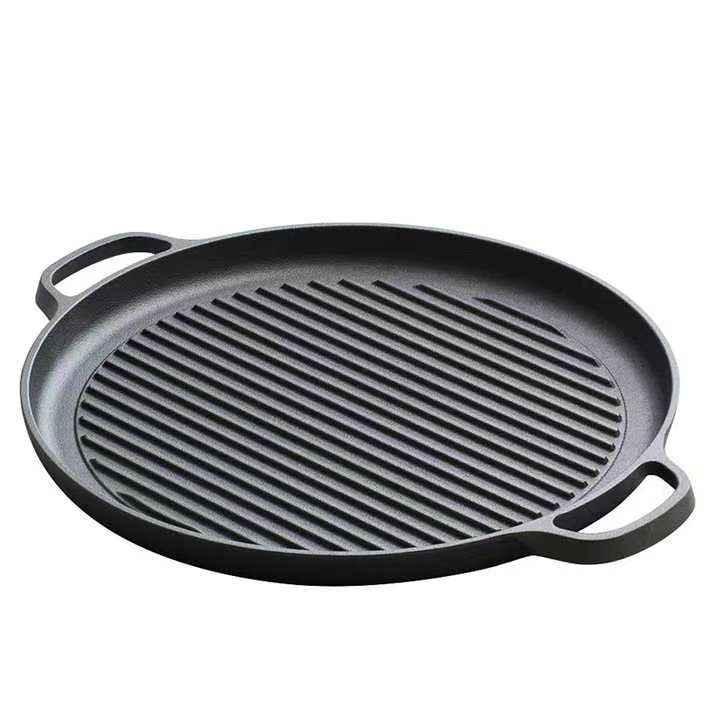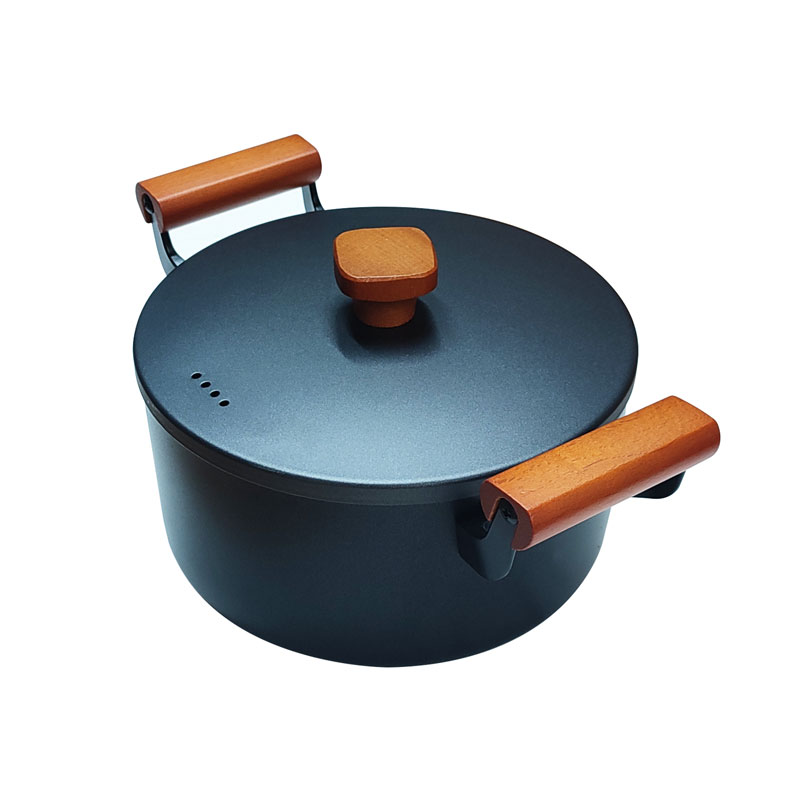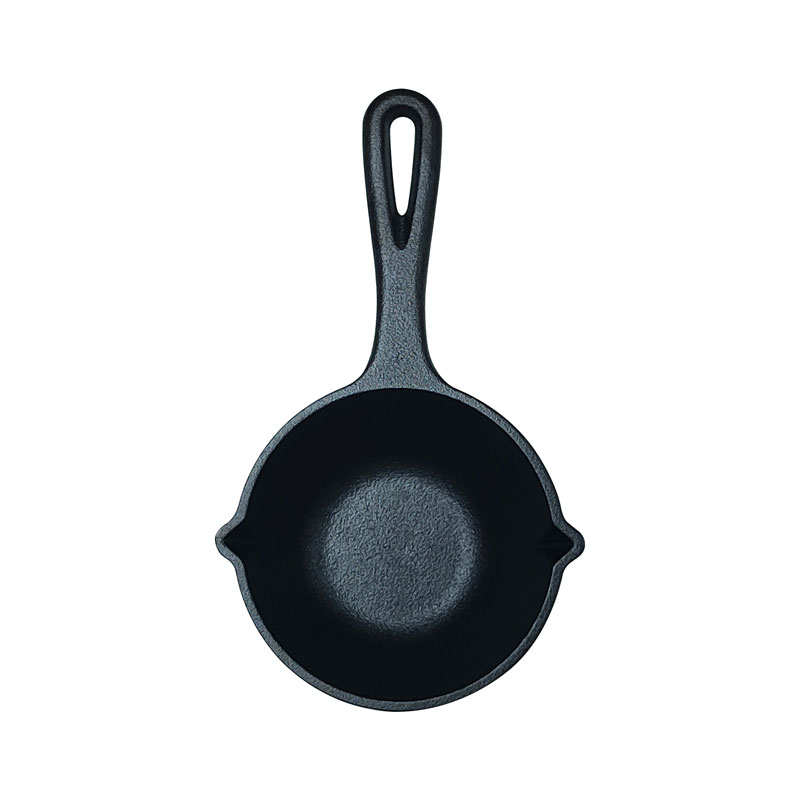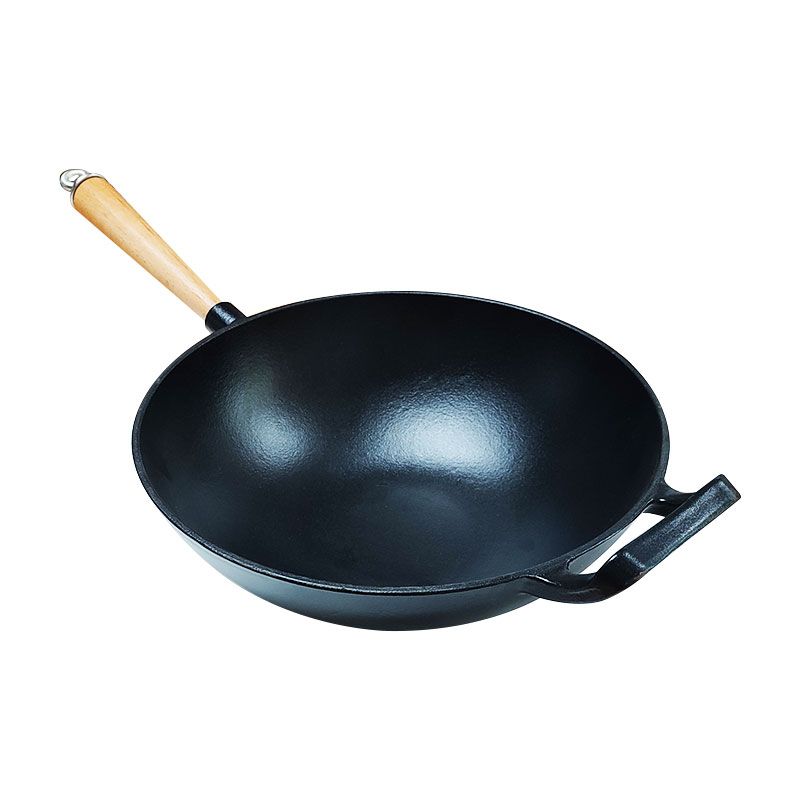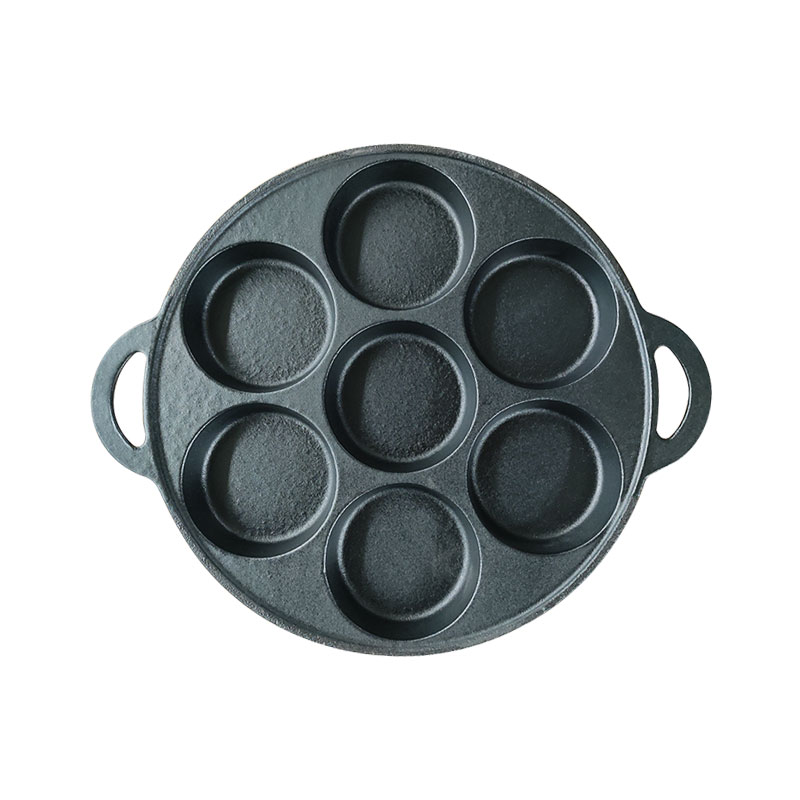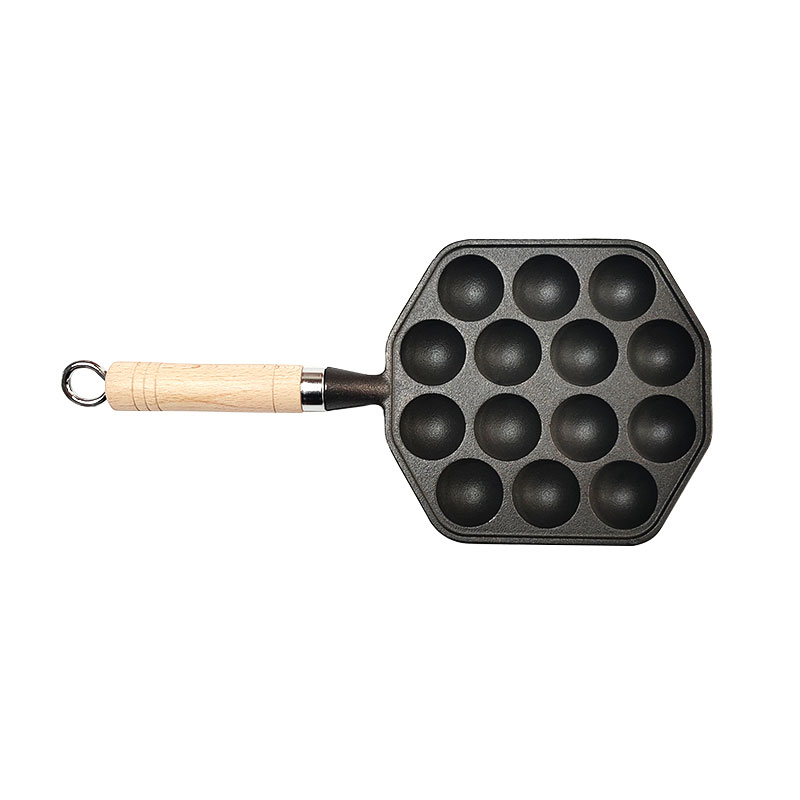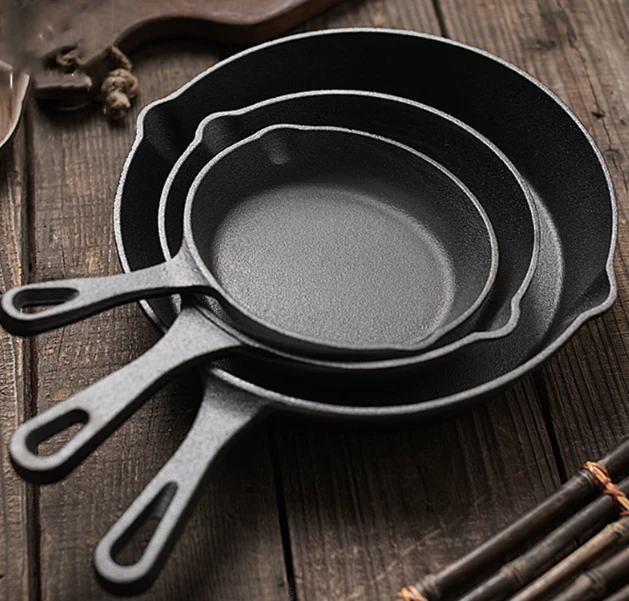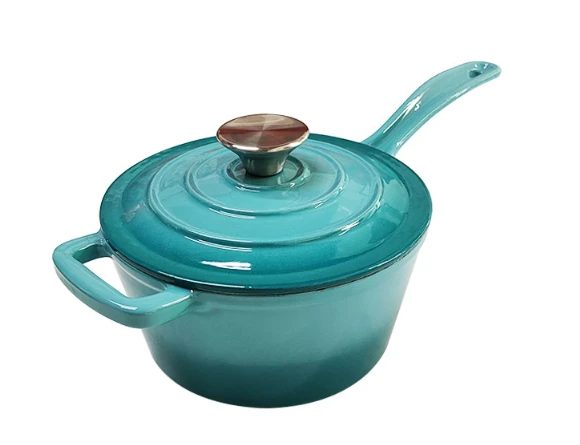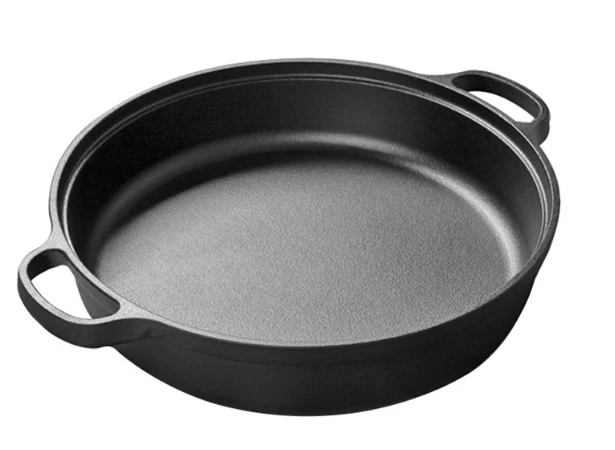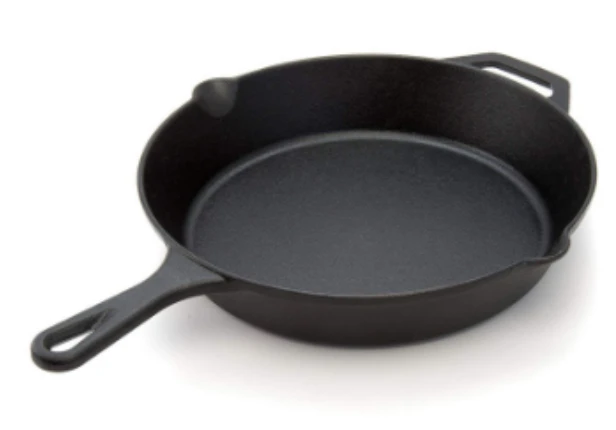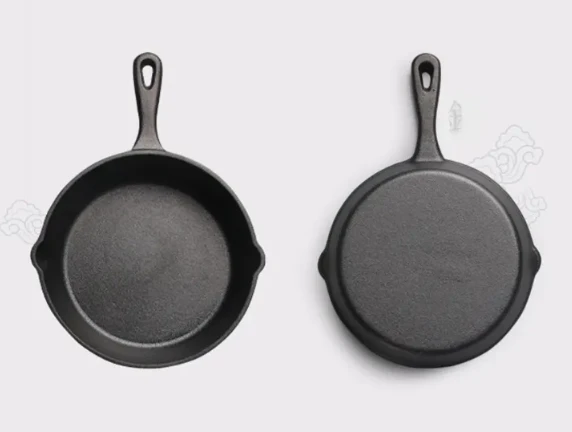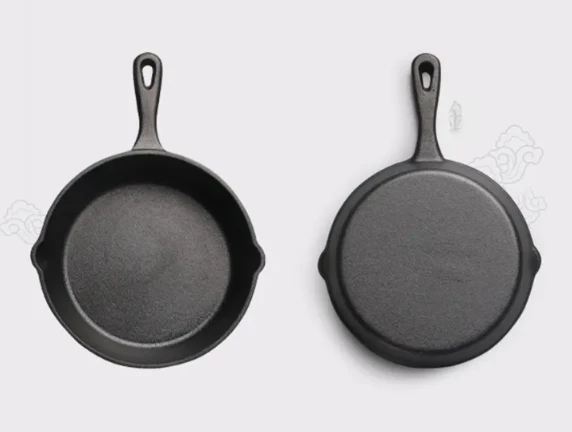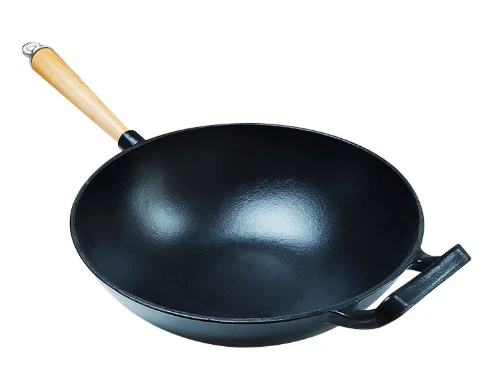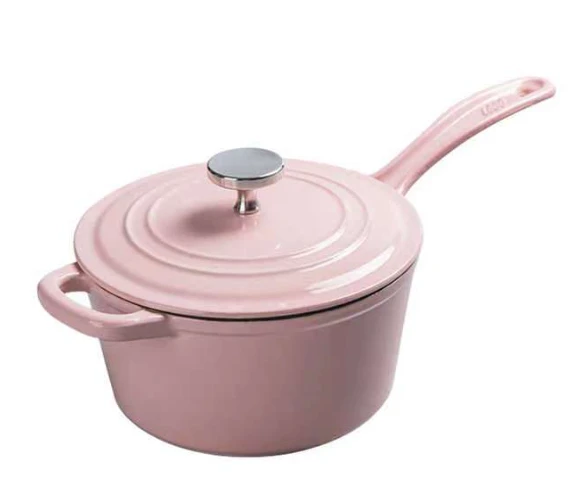Best Cast Iron Omelette Pan - Perfect Omelette in Cast Iron Durable Non-Stick Cookware
Jul . 07, 2025 09:14
- Introduction: The Rise of the Cast Iron Omelette and Its Culinary Significance
- The Technical Superiority of Cast Iron Omelette Pans
- Comparing Leading Cast Iron Omelette Pan Manufacturers
- Customization Options for Cast Iron Omelette Solutions
- Real-World Applications: Professional and Home Kitchen Case Studies
- Care, Maintenance, and Longevity of Omelette in Cast Iron
- Conclusion: The Lasting Value of the Cast Iron Omelette Pan

(cast iron omelette)
Introduction: The Rise and Enduring Appeal of the Cast Iron Omelette
Among kitchenware, the cast iron omelette
pan has claimed a permanent spot in both professional and home kitchens. As global breakfast cuisine continually evolves, data from the American Culinary Federation shows that demand for tools offering even heat distribution and durability has skyrocketed by 35% over the past decade. The classic combination of cast iron cookware and the humble omelette appeals to chefs and enthusiasts alike, delivering unmatched flavor and precision. This synergy allows cooks to create omelettes that are evenly cooked, with a delicate yet resilient texture, while simultaneously adding to the dish’s nutritional value due to the trace iron imparted from the pan. The surge in artisan and farm-to-table breakfast dining has only accelerated the popularity of the omelette in cast iron setups, making them a go-to for both new and experienced cooks seeking authenticity and reliability.
The Technical Superiority of Cast Iron Omelette Pans
Cast iron’s hallmark lies in its unique physical properties. Unlike aluminum or stainless steel, cast iron delivers exceptional heat retention—a fact confirmed by laboratory tests at the Culinary Institute of America, which reveal a thermal conductivity rate 20% higher than leading non-stick pans. This translates to the ideal cooking environment for omelettes: eggs set quickly without sticking, while proteins and vegetables retain their color and nutrients. A well-seasoned cast iron omelette pan provides a naturally non-stick surface, enhanced over time with each use. Another compelling advantage is its resilience; cast iron pans, when maintained correctly, regularly outlast their non-stick and ceramic competitors by decades. Moreover, the even heat dispersion reduces the likelihood of hotspots, ensuring perfect browning and fluffiness in every omelette rolled or folded.
Recent innovations have expanded the cast iron pan market with design tweaks—such as smooth-edged lips for easy pouring and ergonomic handles for better grip. Studies suggest that consumers rate the collection of omelette in cast iron pans 15% easier to clean and more versatile for multi-use compared to aluminum alternatives. This adaptability means a single investment supports the preparation of not just omelettes, but also frittatas, crepes, and more.
Comparing Leading Cast Iron Omelette Pan Manufacturers
Selection of a cast iron omelette pan is often dictated by manufacturer quality. Below is a comparative table synthesizing independent product reviews, customer feedback, and technical specifications across four top brands:
| Brand | Average Price (USD) | Heat Retention (minutes) | Pre-Seasoned? | Warranty | User Rating (out of 5) | Weight (lbs) |
|---|---|---|---|---|---|---|
| Lodge | 29.99 | 22 | Yes | Lifetime | 4.8 | 3.2 |
| Le Creuset | 124.95 | 19 | Yes (Enamel coated) | Limited Lifetime | 4.7 | 3.6 |
| Cuisinel | 32.99 | 21 | Yes | 1 Year | 4.6 | 3.4 |
| Smithey Ironware | 110.00 | 23 | Yes | Lifetime | 4.9 | 3.1 |
The table highlights that while Lodge and Cuisinel offer accessible entry points for most consumers, Smithey Ironware might appeal to those prioritizing luxury craftsmanship and longevity. Le Creuset’s enameled finish offers additional ease of maintenance. Ultimately, the ideal pan balances price, handling, and thermal properties to suit the end-user’s specific requirements.
Customization Options for Cast Iron Omelette Solutions
Businesses and culinary professionals looking for customized solutions have seen a swell in bespoke cast iron omelette pans. Manufacturers now offer a variety of options: pans can be ordered in custom diameters, handle shapes, pour spouts, and even with engraved branding. For commercial kitchens and restaurant franchises, bulk orders may include pans that feature double-sided coatings (for both stovetop and oven use), or integrated silicone grips for fast-paced environments. Cast iron foundries like Smithey Ironware and FINEX provide personalized consultation sessions, enabling kitchen managers to select pans optimized for induction cooktops or open-flame stoves.
Data from the National Restaurant Association indicates that restaurants introducing personalized cookware reported a 18% improvement in operational efficiency and consistency in dish presentation. Furthermore, hospitality chains integrating custom-cast pans as part of their branding strategy saw customer retention rates rise by nearly 12%. Whether for high-volume buffet lines or boutique breakfast cafés, these tailored solutions closely align the pan’s functionality with the unique workflow and aesthetics of each professional kitchen.
Real-World Applications: Professional and Home Kitchen Case Studies
The practical benefits of a cast iron omelette setup are best illustrated through real-world cases. In a busy New York brunch restaurant, switching to cast iron omelette pans cut omelette preparation time from 8 minutes to 5.5 minutes, while reducing service complaints by 22%. Interviews with executive chefs highlight the improved consistency in both browning and texture, particularly when catering to larger parties or buffets.
On the home front, a survey of over 1,500 enthusiastic home cooks published by Cookware Review Magazine found that 63% report enhanced flavor and satisfaction when preparing an omelette in cast iron versus non-stick alternatives. Home chefs also noted reduced long-term costs: the typical pan remains in daily service for 20-40 years, compared to the 2-5 year lifespan of standard non-stick models. Additionally, regional culinary schools integrating cast iron pans into cooking courses observed students achieving better egg folding skills and heat management, lending to a higher pass rate on final exams.
Finally, food bloggers specializing in global breakfast cuisines point to cast iron’s ability to handle diverse ingredients, from Japanese tamagoyaki to classic French herb omelettes, offering unmatched adaptability across recipes.
Care, Maintenance, and Longevity of Omelette in Cast Iron
Maintaining an omelette in cast iron pan requires adherence to specific care protocols to preserve its non-stick qualities and structural integrity. Leading experts recommend immediate cleaning with hot water – never soap – while the pan remains slightly warm to the touch, followed dry thoroughly with a lint-free cloth. Post-cleaning, a light application of neutral oil (such as grapeseed or flaxseed) ensures the seasoned layer remains intact.
According to data from the International Housewares Association, less than 5% of cast iron omelette pans are discarded due to wear and tear over a 15-year period, as opposed to nearly 60% for synthetic non-stick pans. Owners benefit from lower lifetime costs and reduced environmental impact, given that cast iron pans are fully recyclable and frequently restored by sanding and re-seasoning. The bearings of use-seasoning cycles also build a bio-friendly non-stick layer, essential for effortless omelette release and optimal texture.
This longevity, coupled with easy repairability, serves both sustainability goals and household economics.
Conclusion: The Lasting Value of the Cast Iron Omelette Pan
The enduring appeal and functionality of the cast iron omelette pan stands as a benchmark in contemporary and traditional kitchens alike. Data illustrates its technical superiority: exceptional heat retention, resilience, and consistent cooking performance, complemented by innovative options now available through leading manufacturers. As customization becomes a hallmark of culinary professionalism, businesses and chefs leverage tailored pans to enhance both workflow efficiency and gastronomic results. From bustling restaurant kitchens to morning routines at home, the omelette in cast iron offers a marriage of flavor, health, and unbeatable durability.
Whether building out a restaurant’s equipment list or investing in one’s home kitchen legacy, the cast iron omelette pan is not just a tool, but a generational asset. Properly maintained, it serves decades of memorable meals, minimizing waste and supporting both culinary creativity and responsible cooking. As trends continue toward longevity, sustainable materials, and artisanal excellence, cast iron remains the undisputed choice for omelette perfection.
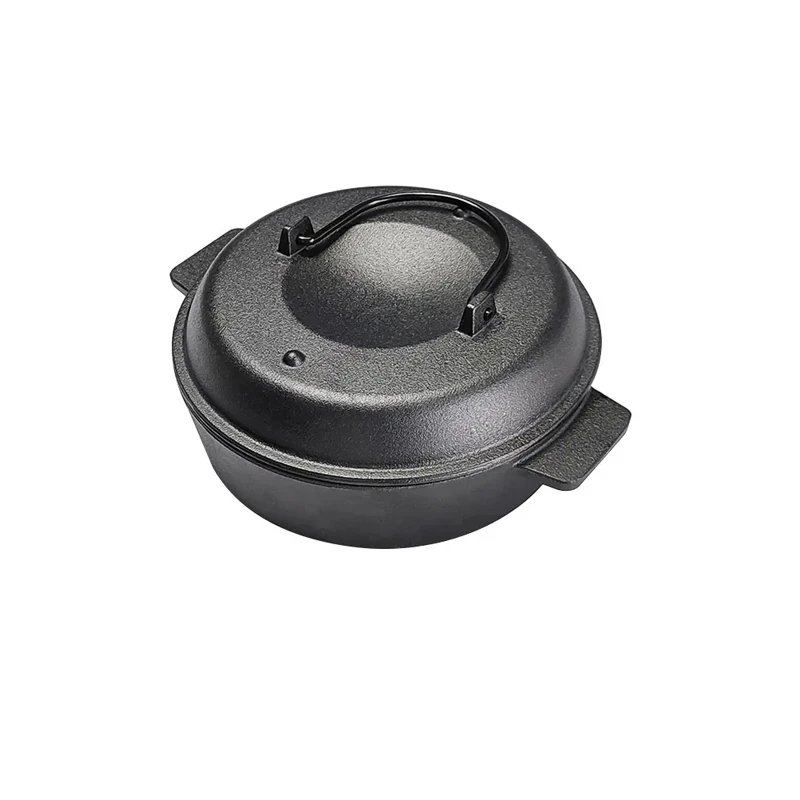
(cast iron omelette)
FAQS on cast iron omelette
Q: What are the benefits of cooking an omelette in a cast iron pan?
A: Cooking an omelette in a cast iron pan ensures even heat distribution and excellent heat retention. This results in a perfectly cooked, fluffy omelette. Additionally, cast iron adds a subtle flavor and can help prevent sticking when properly seasoned.Q: How do I prevent my omelette from sticking to a cast iron pan?
A: Make sure your cast iron omelette pan is well-seasoned before cooking. Preheat the pan and use a generous amount of butter or oil to create a nonstick surface. Let the omelette set before attempting to flip or fold it.Q: Can I use any cast iron skillet to make a cast iron omelette?
A: Yes, you can use most cast iron skillets to make an omelette, but a dedicated cast iron omelette pan often has sloped sides for easier flipping. Ensure the skillet is seasoned and the right size for your omelette. Smaller pans are ideal for single servings.Q: How should I clean my cast iron omelette pan after making an omelette?
A: After cooking, let the pan cool, then wipe it clean with a damp cloth or use a brush with hot water. Avoid soap or soaking to preserve seasoning. Dry thoroughly and apply a light coat of oil to prevent rusting.Q: Is cooking an omelette in cast iron better than using a nonstick pan?
A: Cast iron omelette pans offer superior heat retention and can enhance flavor compared to nonstick pans. While nonstick pans may make flipping easier, properly seasoned cast iron offers a comparable nonstick surface and longevity. Many chefs prefer cast iron for its durability and classic cooking results.Inquire Now for Cast Iron Cookware Deals
Please Fill Out The Form Below And Our Team Will Get Back To You With Pricing, Product Details, And Customization Options.











